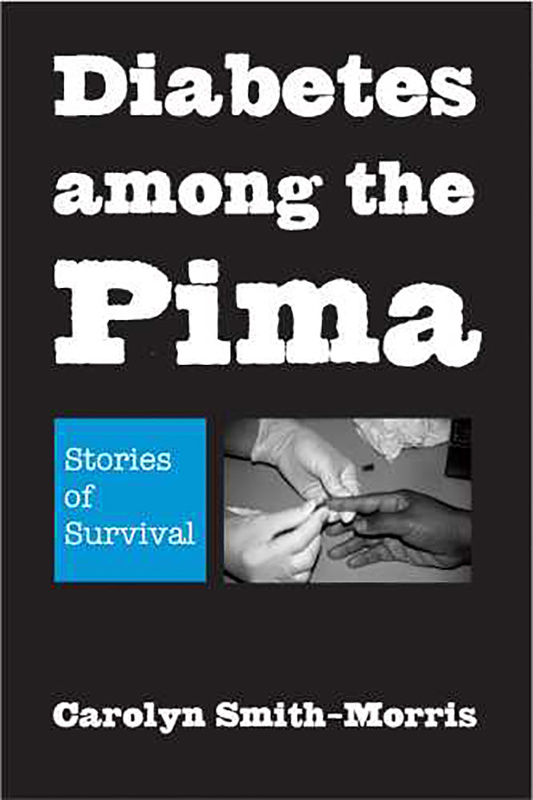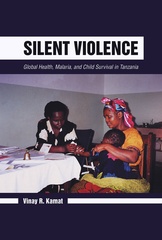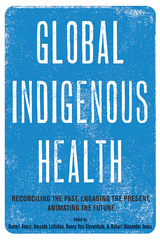For the past forty years, the Pima Indians living in the Gila River Indian Community have been among the most consistently studied diabetic populations in the world. But despite many medical advances, the epidemic is continuing and prevalence rates are increasing. Diabetes among the Pima is the first in-depth ethnographic volume to delve into the entire spectrum of causes, perspectives, and conditions that underlie the occurrence of diabetes in this community. Drawing on the narratives of pregnant Pima women and nearly ten years’ work in this community, this book reveals the Pimas’ perceptions and understanding of type 2 and gestational diabetes, and their experience as they live in the midst of a health crisis. Arguing that the prenatal period could offer the best hope for curbing this epidemic, Smith-Morris investigates many core values informing the Pimas’ experience of diabetes: motherhood, foodways, ethnic identity, exercise, attitude toward health care, and a willingness to seek care. Smith-Morris contrasts gripping first-person narratives with analyses of several political, economic, and biomedical factors that influence diabetes among the Pimas. She also integrates major theoretical explanations for the disease and illuminates the strengths and weaknesses of intervention strategies and treatment. An important contribution to the ongoing struggle to understand and prevent diabetes, this volume will be of special interest to experts in the fields of epidemiology, genetics, public health, and anthropology.
Click here for a Facilitator’s Guide to Diabetes among the Pima
Click here for a Facilitator’s Guide to Diabetes among the Pima
Carolyn Smith-Morris has a BA in anthropology from Emory University, an MS in rehabilitation services from Florida State University, and an MA and PhD in anthropology from the University of Arizona. She is an assistant professor of anthropology at Southern Methodist University. Her ethnographic work addresses chronic disease and the health impacts of culture change on native and developing communities. Most of her research in the last ten years has been among the Pima (Akimel O’odham) Indians of Southern Arizona. She has also worked among the Wiradjuri Aborigines of New South Wales, with Mexican immigrants to the United States, and among the elderly and dying on questions of end-of-life care and the Living Will. She has several other published articles and book chapters on diabetes and research among Native Americans, as well as a co-edited volume on anthropology and chronic conditions. This is her first monograph.
List of Illustrations
Acknowledgments
Part I
1 Diabetes Ho’ok: Living with a Witch
2 Getting Started
3 Why Prenatal Diabetes?
Part II
4 Obstacles to Treatment
5 Surveillance, Risks, and ‘‘Borderline’’ Diabetes
Part III
6 Two Hands Shaking
7 Treatment(s)
8 Diagnostic Controversy
Part IV
9 Land and Water
10 Diabetes in America
11 Disease of Development
Part V
12 Collective Identity, Loner Disease
13 Pregnancy Stories
14 Conclusion: Facing a Predator
Appendix A Market Price Comparison
Appendix B Districts and Locations Represented in Ethnographic Interviews
Appendix C Summary of Focus Groups
Notes
Bibliography
Index
Acknowledgments
Part I
1 Diabetes Ho’ok: Living with a Witch
2 Getting Started
3 Why Prenatal Diabetes?
Part II
4 Obstacles to Treatment
5 Surveillance, Risks, and ‘‘Borderline’’ Diabetes
Part III
6 Two Hands Shaking
7 Treatment(s)
8 Diagnostic Controversy
Part IV
9 Land and Water
10 Diabetes in America
11 Disease of Development
Part V
12 Collective Identity, Loner Disease
13 Pregnancy Stories
14 Conclusion: Facing a Predator
Appendix A Market Price Comparison
Appendix B Districts and Locations Represented in Ethnographic Interviews
Appendix C Summary of Focus Groups
Notes
Bibliography
Index







